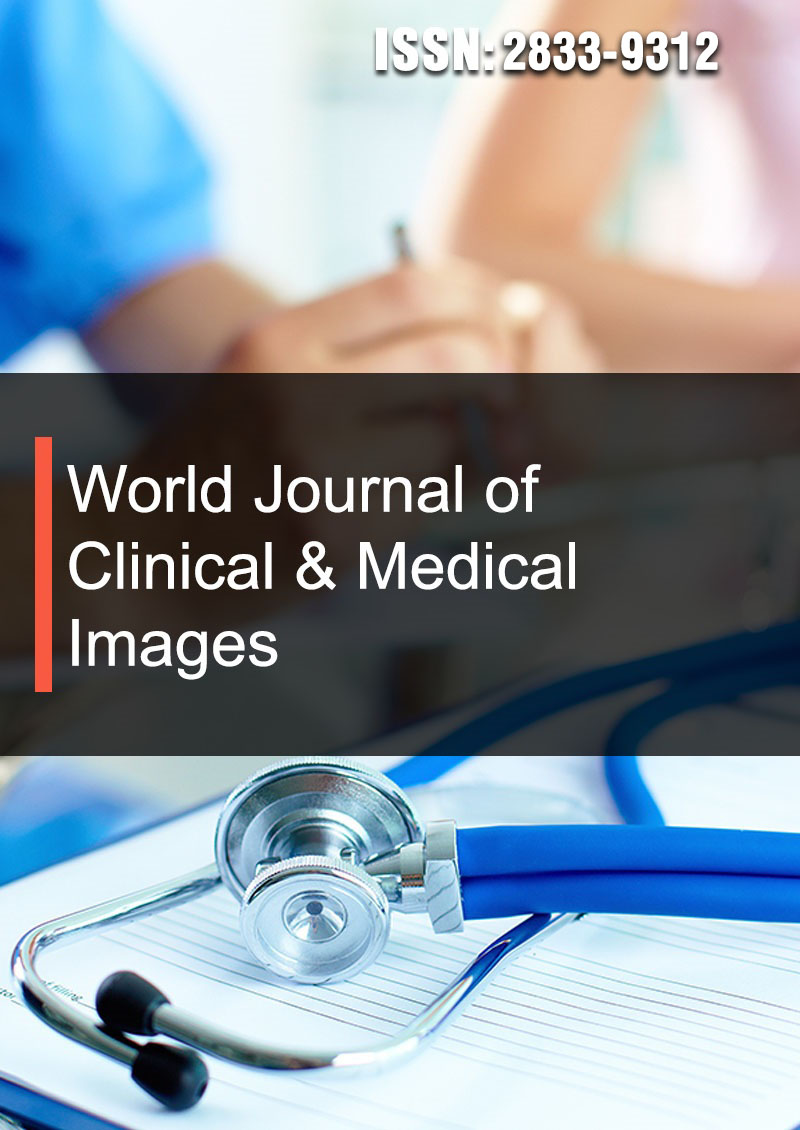Functionality and Clinical Effects of Anti-Cov2 Vaccines (Aka Mrna) And Integration on Mitochondrial DNA
Abstract
Raffaele Ansovini
1. This issue would require many pages, but it is briefly described here for easier understanding 2. The writer refers to the Molecular Biology Experts and to reading the copious literature on the proteins/ enzymes found in mRNA vaccines using the BLASTP approach (Appendix 1) 3. The reference literature, apart from being written in English, is also worded in an extremely technical style 4. They are given a specific functional sequence, aimed at the incorporation and expression of vaccine mRNA into the genome of the mitochondria (mtDNA) 5. The vaccine mRNA does not refer to the segment relating to the Spike protein, but to the entire viral genome 6. Therefore, the Ribosomes are not the final destination of the vaccine mRNA; instead, the Mitochondria are actually the seat of a DNA, accommodating the SARS-Cov2 genome in the same way as it does in the nuclear genome. 7. Both the Mitochondria and Ribosomes are located in the Ergastoplasm and are separated from the cytosol by an oxidation/reduction barrier 'in mV' (= one thousand times) three times higher than that of the cytosol. 8. Article from Science: Oxidized Redox State of Glutothiane in the Endoplasmic reticulum - 11 September 1992 volume 257, page 1496:15026 9. Thus only an mRNA that exits from both the nuclear and mitochondrial genomes has the enzyme support that allows it to reach the ribosomes, overcoming the resistance of the oxidation/reduction barrier 10. If this were not the case, RNA viruses would not lengthen the pathway, integrating before the genome and then reaching the ribosomes again as mRNA (it must be said that, in an RNA virus, the genomic RNA is the same as the RNA coming out of the nucleus), but would immediately aim to reach the ribosomes, as RNA vaccines are said to do. 11. Nano technologies are said to be the architects of this miraculous and rapid rush to the ribosomes of vaccine mRNA 12. These nano-technologies are nothing more than a sequence of proteins/enzymes - undeclared - which are now described here in their function in the main patterns 13. a) ryanodine receptorby managing the Ca++ ion flux channels, it first depolarises the mitochondrial membrane, which is the first step for mRNA entry and then it lowers the oxidative/reductive level of the ergastoplasm, activating an osmotic "Δ" (= delta-difference) around the mitochondria, releasing the protonated ions (=H + ) present in the virtual space of the two sheets forming the mitochondrial membrane into the area. 14. b) ABC transporter - ATP - binding protein By binding to ATP, it allows vaccine RNA to enter the mitochondria 15. c) Epical complex lysine methyltran spherase By providing mobility for the entering mRNA, it allows to reach the stretch of mitochondrial DNA most suitable for integration 16. d) DDLS - Typ - integrase/transpasase It simultaneously does the work performed before by reverse transcriptase and integrase, and then inserts a viral genome RNA, similar to the genomic RNA in RNA viruses, into the mitochondrial genome. 17. e) Pullulanase The hydrolysis of the (1 → 6) X - D glucoside bonds of mitochondrial DNA paves the way for the action of the18. f) DNA Helicase which by copying the inserted DNA - DNA from the mRNA vaccine - makes it more permanently stored in the mitochondrial genome 19. - Note - The presence of DNA Helicase in mRNA vaccines is further proof that integration does not take place in the core genome. It is impossible for the nuclear genome to simultaneously absorb and copy a viral genome when, due to the 'restitutio ad integrum' acquired during evolutionary times, it tends to shed the viral genome after the infection is past. If this were not the case, the 'Spanish flu' contracted by our grandparents could reappear today through genetics. 20. g) DNA J homolog subfamily B completes the job, aiding the release of the new mRNA and providing it with support to reach ribosomes as is the case for all mRNAs of both nuclear and mitochondrial origin. 21. A larval infection of low-intensity SARS Cov2 has thus occurred at the mitochondrial site 22. This infection is evidenced by the presence of biochemical patterns associated with the existence of a viral cycle in the blood of multi-vaccinated with SARS vaccine- Cov2 They are: 1. Fatty acid synthase 2. Interlenkui 17 F 3. ATP defendent RNA Helicase DH X 58 4. TIR domain containing aslapter Molecule 1 5. Vam 6/Vps39-litie protein 6. NACHT, LRR aust PY D damains containing protein 1 7. Replicase paly protein 1a 8. Basigm 9. Spike glycoprotein and the list goes on. 23. The picture described is not devoid of secondary clinical events, commonly referred to as 'adverse events'. (a) Weakness asthenia. Mitochondria are the seat of ATP production - the human energy source. The new role given by vaccines to mitochondria reduces their ATP production ability. (b) Cardiac arrhythmias and arrests due to the action of the ryanodine receptor, which eliminates Ca++ ions not only in skeletal muscles, but also in the myocardium, resulting in altered and impaired ventricular contractility (c) 5-7 months following the third dose of the mRNA vaccine, a loss of CD+19 can be observed. A new form of immunodeficiency is arising that has yet to be fully understood. 24. To date, no serious effects from SARS-Cov2 on a massive scale are recorded, not because the vaccines under consideration have promoted an effective immune action, with a corresponding memory for future defence, but because a fact has occurred that in nature is a real stretch: the larval SARS-Cov2 infection at the mitochondrial site is opposed by another infection at the nuclear site, thus creating an opposition similar to that which occurs between two algebraic numbers of opposite sign. They decrease in value. 25. Antic-Covid19 mRNA vaccines are dangerous.



